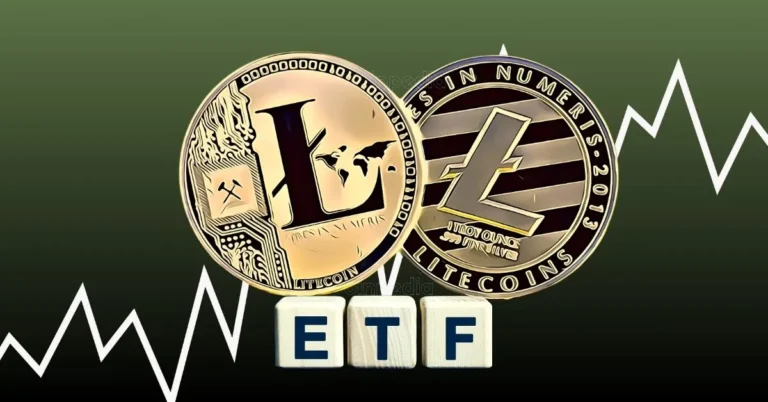Brad Garlinghouse Backs MultiChain U.S. Asset Reserve
Introduction
Recently, Brad Garlinghouse, the CEO of Ripple, made headlines by backing a multi-chain U.S. asset reserve. This move marks a significant shift in the cryptocurrency world, as it challenges the idea of Bitcoin maximalism and aims to promote broader inclusivity and innovation in the space. In a bold statement, Garlinghouse called Bitcoin maximalism “the enemy of crypto progress,” signaling a new chapter in the evolution of digital assets.
Breaking Down the MultiChain U.S. Asset Reserve
The concept of a multi-chain U.S. asset reserve involves creating a diversified portfolio of cryptocurrencies that are pegged to the U.S. dollar. This reserve would include a variety of digital assets, beyond just Bitcoin, to provide stability and reduce reliance on any single cryptocurrency. By diversifying across multiple chains, the reserve aims to mitigate risk and foster greater adoption and acceptance of various blockchain technologies.
Challenging Bitcoin Maximalism
Bitcoin maximalism is the belief that Bitcoin is the only truly valuable cryptocurrency and that all other digital assets are inferior. This mindset has been prevalent in the crypto community for years, but Garlinghouse’s endorsement of a multi-chain asset reserve challenges this notion. By supporting a more diverse range of cryptocurrencies, Garlinghouse is advocating for greater collaboration and cooperation within the industry, rather than promoting one coin at the expense of others.
The Path to Crypto Progress
In Garlinghouse’s view, Bitcoin maximalism hinders the growth and development of the cryptocurrency ecosystem. By fostering a more inclusive and diverse environment, he believes that greater innovation and progress can be achieved. The multi-chain U.S. asset reserve represents a step towards breaking down barriers and encouraging cross-chain compatibility, ultimately leading to a more robust and resilient digital economy.
How This Affects Me
As an individual investor in the cryptocurrency space, Garlinghouse’s endorsement of a multi-chain U.S. asset reserve could have significant implications for my portfolio. By diversifying across multiple chains, I may be able to reduce risk and increase stability in my investments. Additionally, this shift away from Bitcoin maximalism could open up new opportunities for growth and innovation in the industry, potentially leading to higher returns and greater long-term success.
How This Affects the World
On a broader scale, Garlinghouse’s support for a multi-chain U.S. asset reserve has the potential to reshape the entire cryptocurrency landscape. By challenging the dominance of Bitcoin and promoting a more inclusive approach to digital assets, this initiative could pave the way for greater collaboration and innovation within the industry. This shift towards multi-chain compatibility could also make cryptocurrencies more accessible and widely accepted, opening up new possibilities for global financial systems and digital economies.
Conclusion
In conclusion, Brad Garlinghouse’s backing of a multi-chain U.S. asset reserve marks a significant turning point in the world of cryptocurrency. By challenging the status quo of Bitcoin maximalism and advocating for greater diversity and inclusivity, he is setting the stage for a new era of innovation and progress in the digital asset space. As we move forward, it will be exciting to see how this shift towards multi-chain compatibility will impact individual investors, the industry as a whole, and the wider world of finance.





